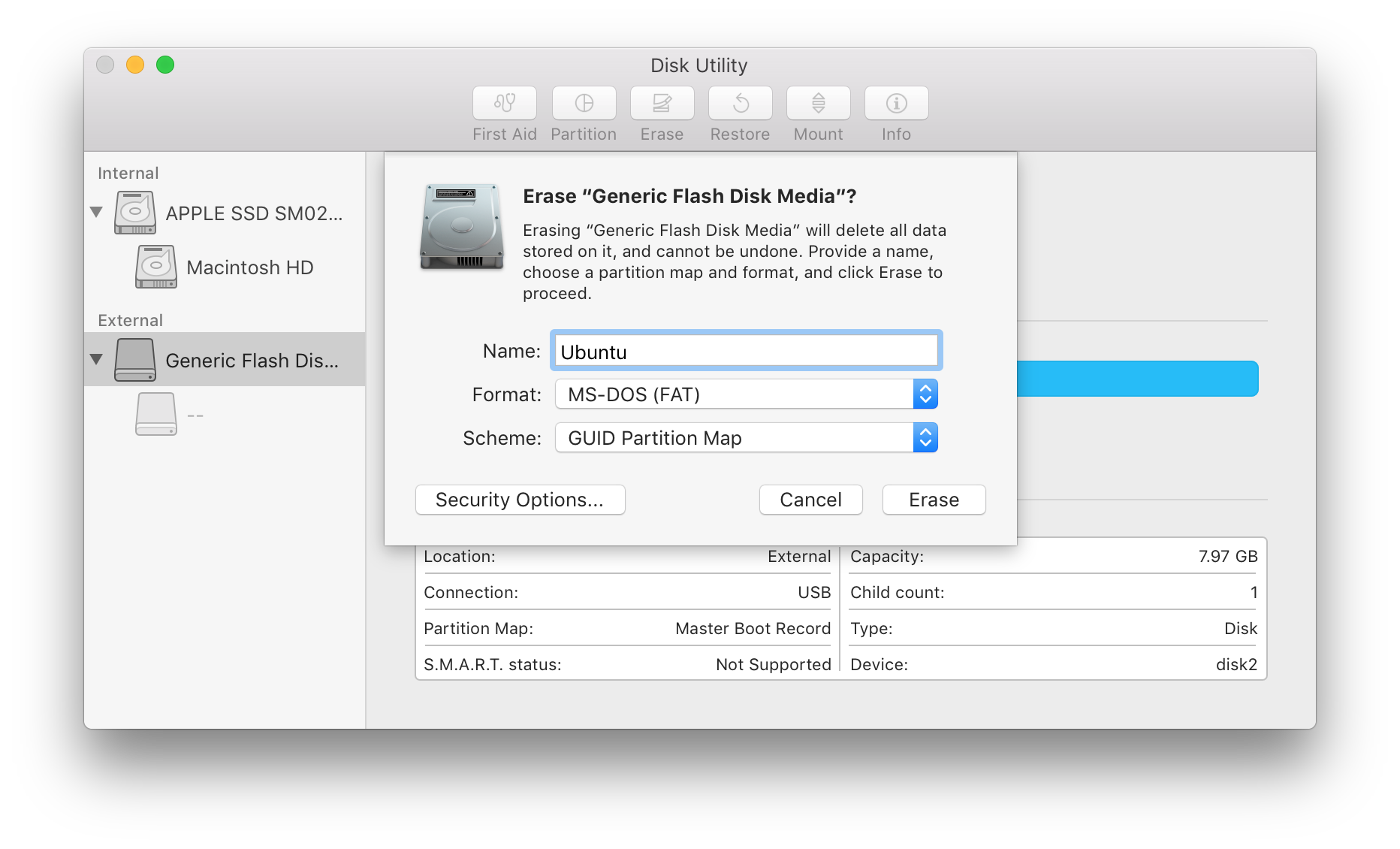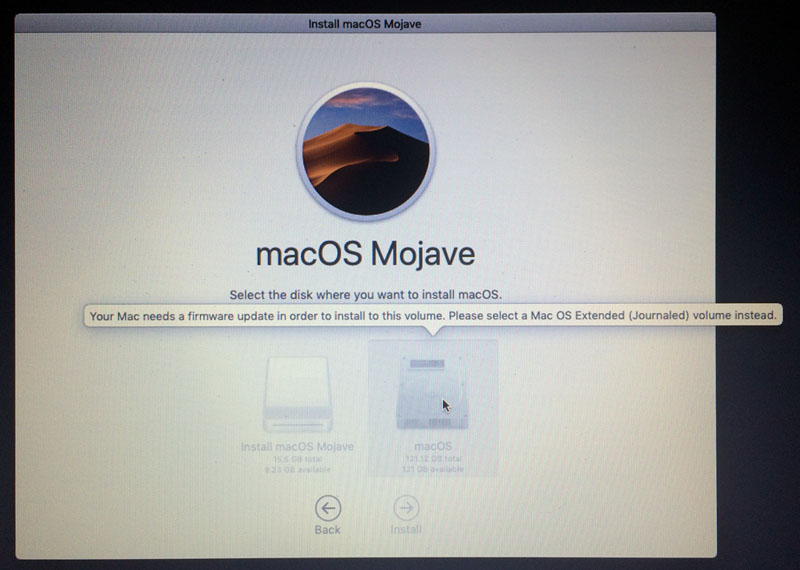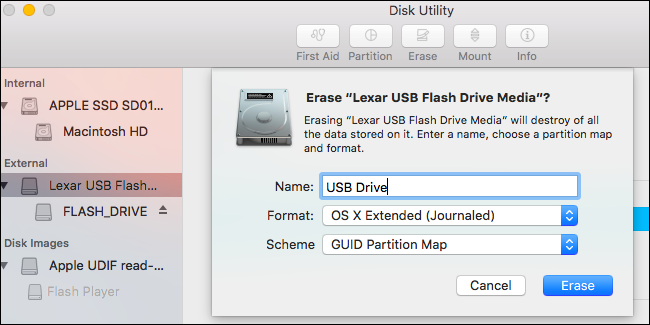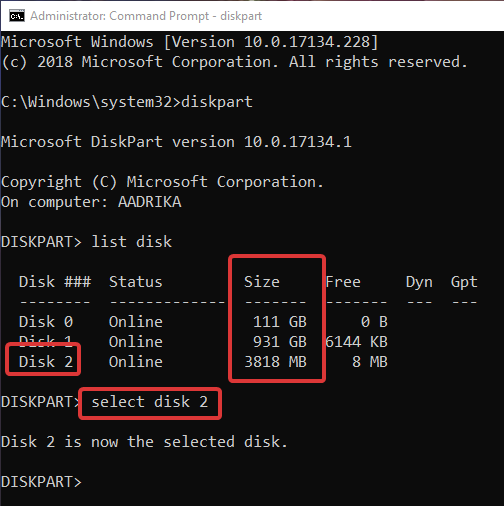
Mac Flash Drive Format
Formatting a USB flash drive from the command line is actually a bit simpler in Linux than using a GUI tool. First, you need to find your flash drive. This can be done in a couple of different ways.
Raspbian Lite and command line. On a Lite version, it’s not the same thing You can plug your drive, and nothing happens 🙂 There are a few steps to follow to access it. Find the virtual drive name. Note: skip this if you already learn how to do it in the format part 🙂 Before doing anything else, you need to find the current name of the drive. Fortunately, there is a file system (actually two, I’ll explain) that you can format your flash drive to be fully compatible with Mac and PC. In other words, you can access the drive and transfer data without any hassles. That file system is — exFAT.
The fdisk utility will give you a good idea of which drives are attached to your Linux system. The output of this command will look something like this:
In this case, the USB flash drive is /dev/sdb. The primary partition is /dev/sdb1, with a boot flag.
Again, with this command, the USB drive appears at the end. The flash drive is on /dev/sdb with a primary partition of /dev/sdb1, and is mounted on /mnt/myusb.
Now that you know what designation your USB flash drive has, you can format it. First, unmount the drive.

Now, format the drive.
Mac Command Line Open File
An easy way to remember this command is that “mkfs” stands for “make file system”. VFAT, in this case, refers to the file system type.

You can use different file system types if necessary. For example:

EXT file systems are typically used for Linux installations or files, whereas NTFS (New Technology File System) is a Windows-based file system.
You can now remount your USB drive and use it to store data or as a bootable drive.
Mac Command Line
Additional Reading
Reformat Flash Drive Mac
Restore the MBR to a USB Flash Drive in Linux
How to Create a Bootable Linux Flash Drive on Windows